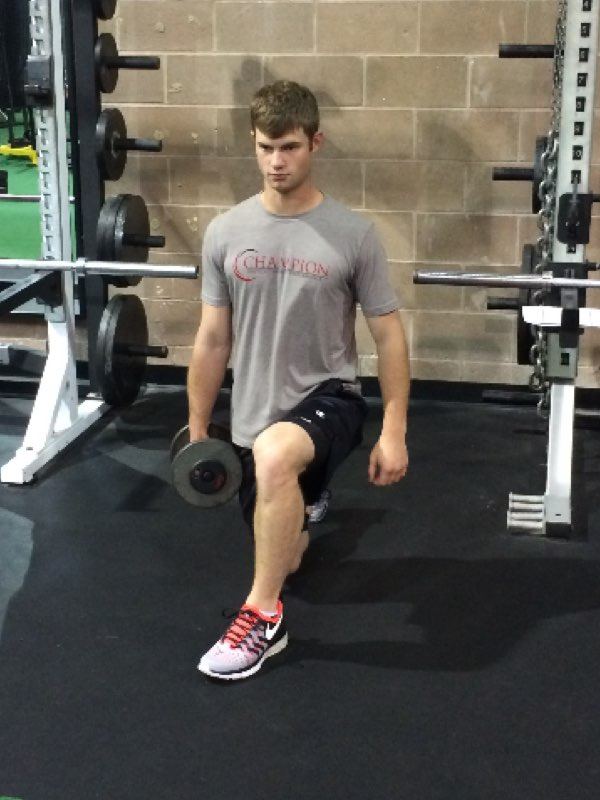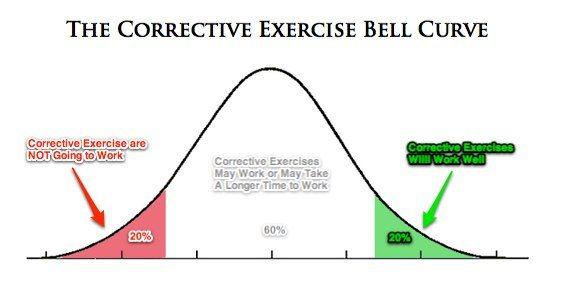One thing I talk about a lot when it comes to training and rehabilitation is the need to train the body in all three planes. This often requires moving in one plane of motion and stabilizing in the other two. We are often very good at moving in the sagittal plane, and poor at stabilizing in the transverse and frontal planes. This is a big topic of discussion in my program Functional Stability Training of the Lower Body.
To enhance this triplanar stability, we often attempt to facilitate greater contraction of the gluteus medius muscle during sagittal plane exercises. The lunge in particular is a great exercise for triplanar stability as the narrow stance challenges strength in the sagittal plane and stability in the transverse and frontal planes.
The Effect of Ipsilateral and Contralateral Loading on Muscle Activity During the Lunge

The study found that:
- Holding the dumbbell on the ipsilateral side had no effect on glute med activity.
- Holding the dumbbell on the contralateral side resulted in a significant increase in glute med activity, but only during the forward lunge, not the split squat.
I was a bit surprised that glute med activity was not impacted during the split squat, but perhaps the static nature of the position inherently requires less transverse and frontal plane stability.
There was one other finding from this study that I thought was interesting. Kinematic differences during the forward lunge were found between a group of trained individuals in comparison to a group without training experience.
This makes sense as the forward lunge is a complex movement pattern that requires an understanding of how to control the pattern. It requires both mobility and stability, but also the ability to control the eccentric deceleration phase.

This helps solidify the use of split squats in our lunge regression system.
Implications
I like simple studies like this. Having the rationale to make small tweaks to your program is what sets you apart. It’s the small things that may not be obvious at first but will produce better results over time.
Based on these results, I would recommend using the split squat with bilateral dumbbells to maximize strength gains since a unilateral load did not alter glute med activity. The split squat is more of a basic exercise, so why not just use it to work on strength gains in the novice trainee. As the person progresses, you can add the forward lunge variation with a contralateral load to enhance triplanar stability.




